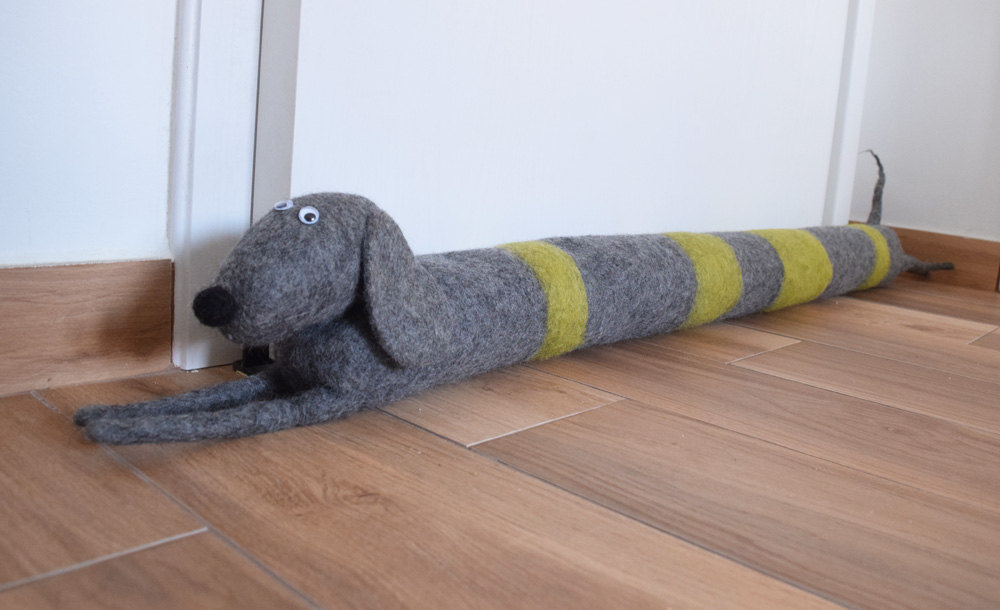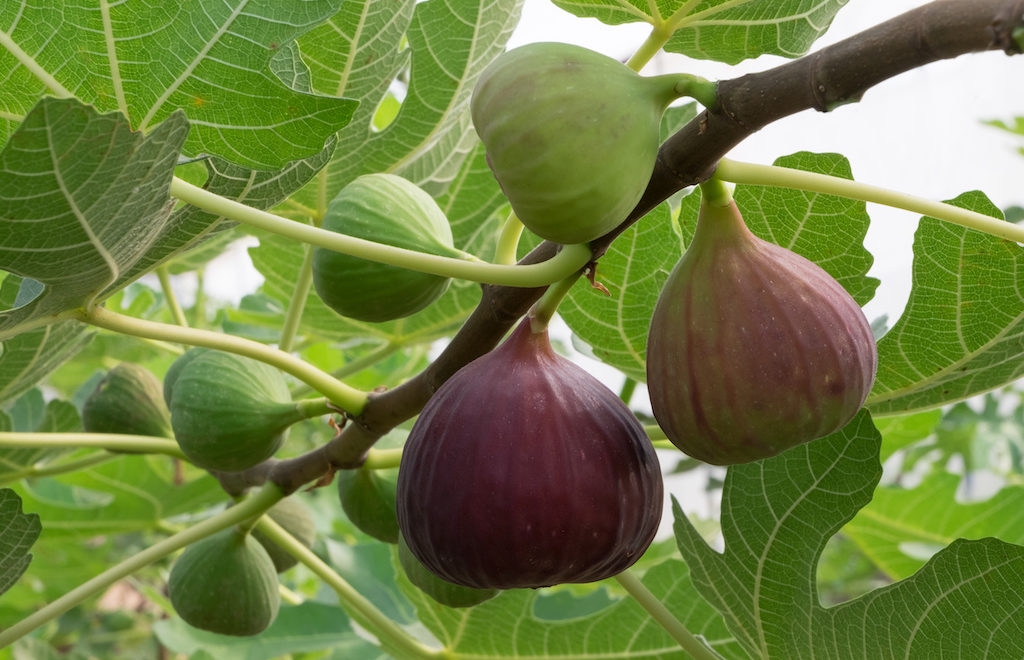
Who’s ready for crisp air, deep blue skies, fiery leaves, and warm drinks? We sure are! But let’s keep in mind that being sustainable is relevant all year round! No matter what autumn looks like where you live, these practices can be used almost any time of the year to help you be more sustainable and environmentally friendly!
Check out these tips on how to be sustainable this fall!
1. Buy Local and Seasonal Produce
Autumn is a time of harvest! And if you aren’t already a huge fan of your local farmer’s market, this fall is a great time to fall in love with local produce.
Why buy local produce?
- It tastes better. Local produce is more fresh and has been picked at it’s prime.
- It supports your local community. Farmer’s markets largely consist of families or small farming cooperatives.
- It cuts down on food miles. Food miles refer to the amount of travel that food has been through before being bought by a consumer. If your food is imported from across the country (or from another country!) it will have more food miles, which means that more carbon emissions were released into the atmosphere during its transportation. Lower food miles means fewer carbon emissions, which means a smaller environmental footprint!
Swing by your local farmer’s market to see what’s in season and support your local, organic farms!
2. Leave the Leaves
Beautiful leaves are the hallmark of autumn! Yet for some people, fall leaves mean chores. Raking, bagging, and mulching to send leaves off when the garbage man comes in the appropriately marked ‘yard waste’ bags.
What if I told you that fall leaves are actually GOOD for your lawn?
Crazy? No. Sustainable? Yes!
Dead leaves are a part of the life cycle of plants and soil. Plants grow from the soil, die, decompose, and are returned to the soil–providing carbon matter that is part of the soil ecology and promotes healthy microbial activity in the soil. Removing dead leaves from this cycle can actually deplete the health of your soil.
So what should you do instead? Since huge piles of leaves can cause patches of dead grass in your lawn, the best practice is to mulch the leaves and distribute them evenly throughout your yard. You can also pile your mulched leaves around the bases of your trees or on top of your flower beds and garden. This will help insulate the soil throughout the winter, protecting the microbial life that thrives in the dirt.
If you don’t care much for mulching your leaves or repurposing them for your own lawn, make sure to compost them at home or through your city. If your city doesn’t offer a composting bin along with your other waste bins, you can bring the leaves to a composting facility so they won’t wind up generating excess greenhouse gas emissions in our landfills!
3. Pumpkins and Food Waste
Carving pumpkins is a fun and festive way to get into the fall spirit! Instead of throwing out the pumpkin seeds, why not roast them to make a delicious snack? Pumpkin seeds are highly nutritious, containing fiber, antioxidants, and essential nutrients such as magnesium and zinc. Toast your pumpkin seeds in the oven and add them to your trail mix!
Here’s the essential base recipe for roasting pumpkin seeds at home. And yes, there is a trick to it!
If you need any pumpkin seed roasting inspo, check out these delicious recipes!
Spiced Honey Roasted Pumpkin Seeds
Turmeric Roasted Pumpkin Seeds
Salty Roasted & Cinnamon Roasted Pumpkin Seeds
Make sure you compost any parts of the pumpkin that is no longer needed!
4. Reusable Travel Mugs
Fall is the season where warm drinks make a welcomed reappearance in our daily routines. Many people look forward to the return of hot apple cider and pumpkin spice lattes. If you’re one of those people (and aren’t we all?), make sure to keep your reusable travel mug with you when you go out!
You know those white paper cups that coffee shops use? While they appear to be made exclusively from paper, most of them contain a thin plastic on the inside of the cup, meaning they are not recyclable! While some coffee shops and cafes DO carry recyclable and/or compostable cups, major chains (ahem, Starbucks) have yet to hop on board. So let’s do the environment a favor and keep our reusable travel mugs on hand!
5. Keepin’ Cozy
If you live someplace where things will be cooling down this autumn, you might want to take some measures to better insulate your home! Improving insulation will keep the warm air in your home and reduce the amount of cold air entering it, which is energy efficient AND cost effective!
The biggest culprits for drafty areas include doorways and windows, so we’ve put together some tips to keep your house or apartment nice and cozy!
Window film
Windows can lose as much as 10x more heat than insulated walls. That’s a lot of warmth and money you are losing if your windows aren’t properly insulated. One way to combat this is to purchase removable window film that you use during the months that you heat your home. These films are generally made from a thin plastic that acts as an extra window pane to prevent heat loss. They can make a ton of difference and most window films can be reused if taken care of properly!
Curtains for Insulation
Similar to the window film, thermal curtains (or really thick ones) can help to better insulate your windows by keeping the warm air inside and preventing the cold air from seeping in. Keep your curtains drawn at night to provide some extra insulation!
Door Draft Stoppers
Doorways can be problem areas for insulation. If your door doesn’t quite sit right in it’s frame, it can have gaps which let in cold air. Luckily for you we found two easy and effective DIYs for stopping door drafts in their tracks!
This super cute DIY draft stopper requires some beginner level sewing but is totally worth the effort!
This festive DIY is a no-sew option that is easy and quick! Perfect for anyone who is new to crafting or doesn’t have any sewing supplies at home.
Get creative and go wild! And if you need any crafty inspiration, check out Etsy for cute finds like this doggie draught / draft excluder by dorasdisegno. So cute!
What are your favorite ways to be sustainable in autumn? Let us know in the comments!














This tips are on point and useful.